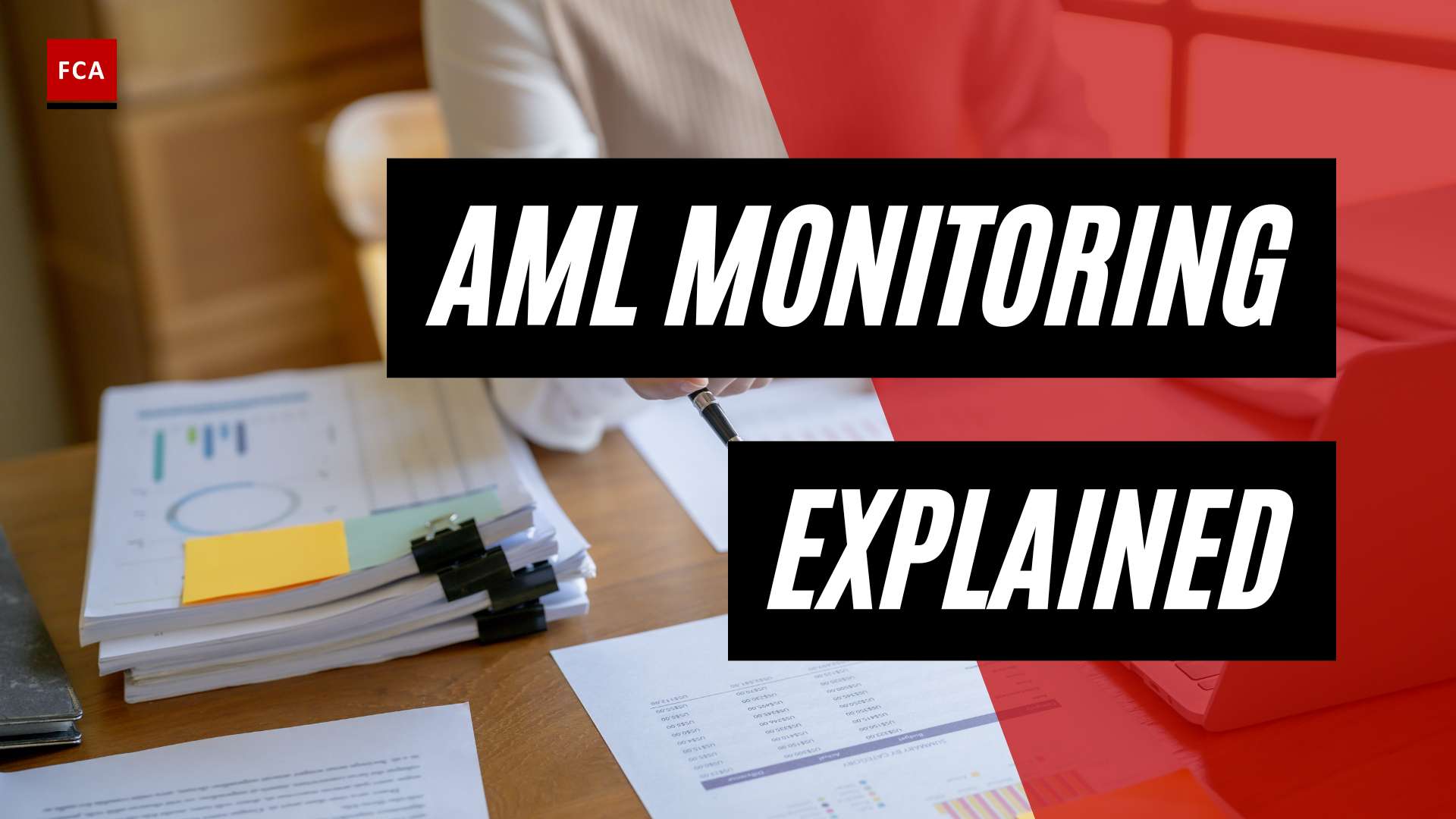The transaction monitoring history can be linked with different significant financial frauds and other criminal activities or incidents that occurred through financial institutions or by using the financial system. Different terrorist groups laundered money using the banking system, which caused huge penalties imposed on the banks by the regulatory authorities. Imposing fines and penalties resulting in reputational losses and financial losses, in terms of loss of customer base, payment of huge penalties, etc.

The Transaction Monitoring History
Due to the occurrence of significant criminal activities incurred using the financial channel, the regulatory authorities focus on controlling the situation. Through different means, they recommended that the institutions develop and implement the identification process for suspicious activities. Financial institutions then started adopting the processes to identify the suspicious transactions initiated by their customers or incurred in their accounts. AML/CTF regulations also emphasized performing periodic and regular transaction monitoring activities.
Financial institutions and their processes have evolved, and banks are now required to monitor customers and their transactions as part of overall regulatory compliance. Financial institutions are still imposed with fines by the regulatory authorities when any breach of AML/CTF requirements is identified. Such proves that there still has a lot to be done in terms of transaction monitoring to avoid the risk of money laundering and terrorist financing activities.
Historically, the institutions faced challenges in identifying criminal activities, such as money laundering and terrorist financing, because of a lack of systems and processes that help detect suspicious activities on the customer’s end.

International bodies, such as Financial Action Task Force or FATF, also proposed recommendations to strengthen the financial system to combat money laundering, terrorist financing, and related activities. It necessitates performing monitoring regularly, especially f high-risk customers and transactions.
The lack of appropriate processes to monitor transactions caused loopholes in the financial system. Institutions’ lack of knowledge and relaxed regulatory requirements did not make institutions realize the need to implement relevant AML systems to perform transaction monitoring and define red flags for investigations. After the occurrence of money laundering incidents, the need to develop robust processes and controls, including the AML systems, was realized to help a business earn a good reputation in the eyes of customers and regulatory authorities.
As financial crime has become more complex and financial intelligence has become more recognized in combating money laundering and terrorism, institutions are developing and improving their internal compliance processes. It ensures that regular risk-based transaction monitoring is implemented and maintained. Regulators and institutions know that money laundering is more prominent in a political and legal debate.
Therefore, regulatory authorities are continuously supporting the institutions in strengthening the financial system. Through their supervision and regulations, regulators ensure the adoption of international best practices and tools available to prevent money laundering and terrorist financing incidents. One such tool is implementing a robust, foolproof, and automated transaction monitoring mechanism.

Final Thoughts
Transaction monitoring has its roots in the financial industry, specifically in the area of anti-money laundering (AML) compliance. The practice of monitoring transactions for potential money laundering activities can be traced back to the 1980s, when the international community began to recognize the need to combat financial crime and to establish measures to prevent the use of the financial system for illicit activities.








